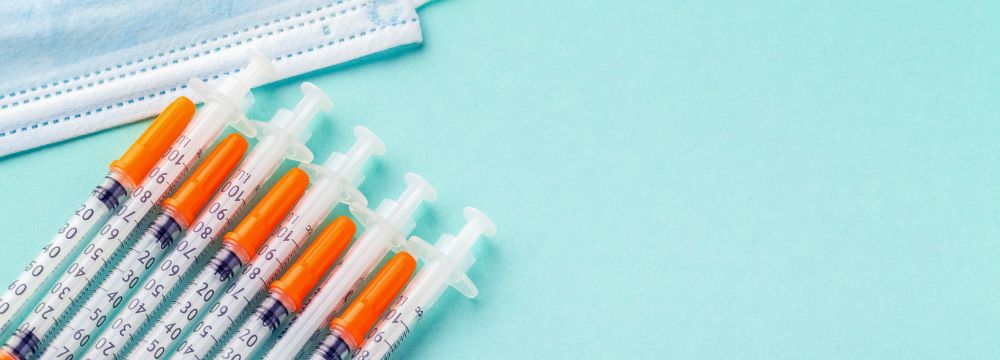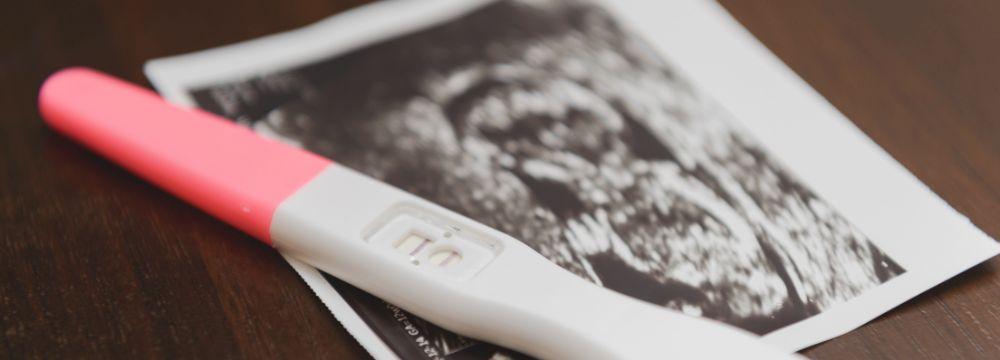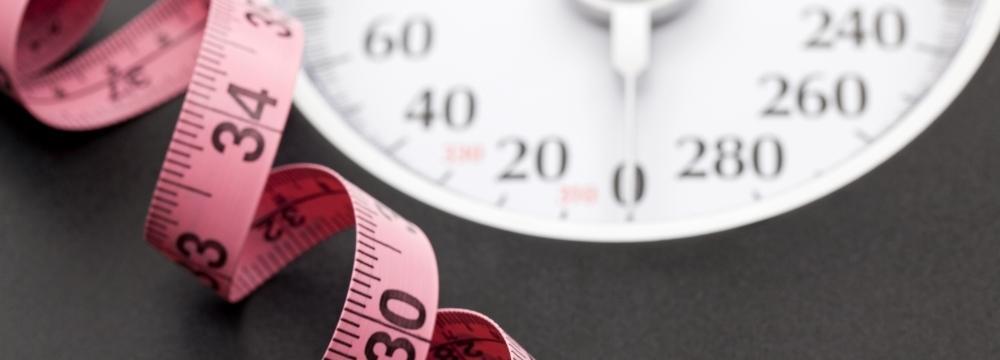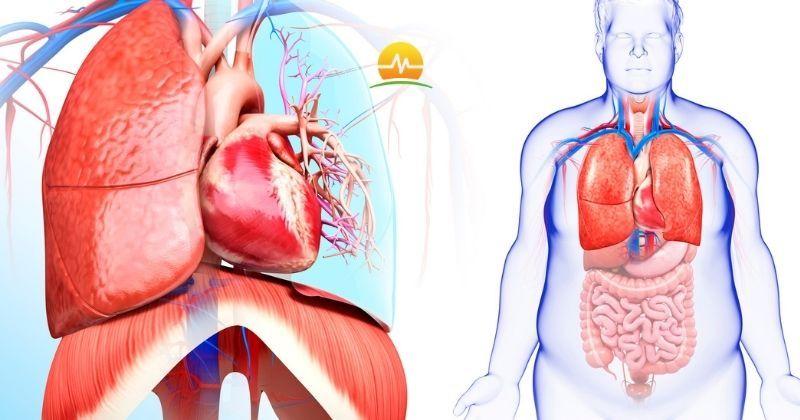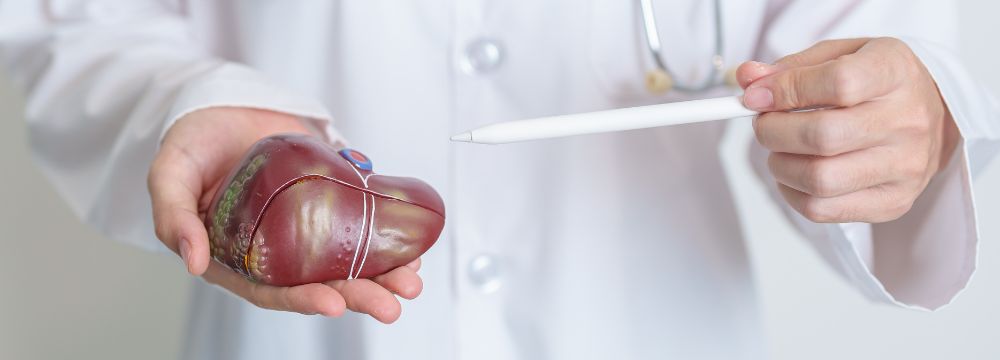
When we talk about liver disease, and in particular cirrhosis of the liver, our mind often takes us directly to alcohol. After all, we’ve been told repeatedly of the dangers of excessive alcohol consumption. There is a significant concern, both physical and psychological, associated with drinking too much. Yet, we can’t forget the fact that most fatty liver disease is not due to alcohol at all but excess weight and obesity.
Known as nonalcoholic fatty liver disease, the condition affects approximately 24% of adults in the United States and can cause severe morbidity. Up to 6.5% may have nonalcoholic steatohepatitis (NASH), a more advanced form that can lead to fibrosis and, eventually, cirrhosis (end-stage liver disease). To add to the problem, fatty liver disease may not be readily apparent to patients or their medical team, especially in its earliest stages. As such, when many patients start to feel symptoms or address their liver, damage has already been done.
How Nonalcoholic Fatty Liver Occurs
Fatty liver disease can cause inflammation; as the liver tries to repair the damage, it forms scar tissue. This scar tissue does not allow for normal function and can eventually lead to cirrhosis. From a surgical perspective, we hope to see a plump, pink liver. This tells us that it is healthy. However, especially in obese patients, we often see a liver that has lost some of its volume and color and may look less vibrant. This does not necessarily mean that we can’t perform surgery; however, significant fatty liver disease can make surgery riskier. This is one of the reasons why we prescribe the two-week preoperative diet. Shrinking the liver improves surgical outcomes and gives us better visualization of the abdomen and surgical field.
How Do I Know I Have Fatty Liver Disease?
As mentioned above, one of the most insidious aspects of fatty liver disease is that there are few noticeable symptoms in its earliest stages. As such, many patients do not know they have it unless they are diagnosed incidentally, or their doctor is explicitly looking for it. However, there are a few clues that may help you understand if you are at risk or may have non-alcoholic fatty liver disease.
- -First, if you are carrying a significant amount of excess weight or are obese, you may have fatty liver disease.
- Your primary care physician may order tests to measure liver function and enzymes during your annual check-up.
- More severe cases of liver dysfunction, whether a fatty liver or other liver diseases manifest as the yellowing of the skin and eyeballs as part of a condition called jaundice.
- A liver biopsy is the definitive diagnostic tool.
Again, however, fatty liver disease may not present any symptoms until it has reached an advanced stage. The best option here is prevention through weight loss. This can involve a non-surgical medical weight loss program, bariatric surgery, or a combination of both.
The most important next step is to visit a qualified and knowledgeable professional with experience in all weight loss modalities. Please call us and learn more about what options may be available to you.


